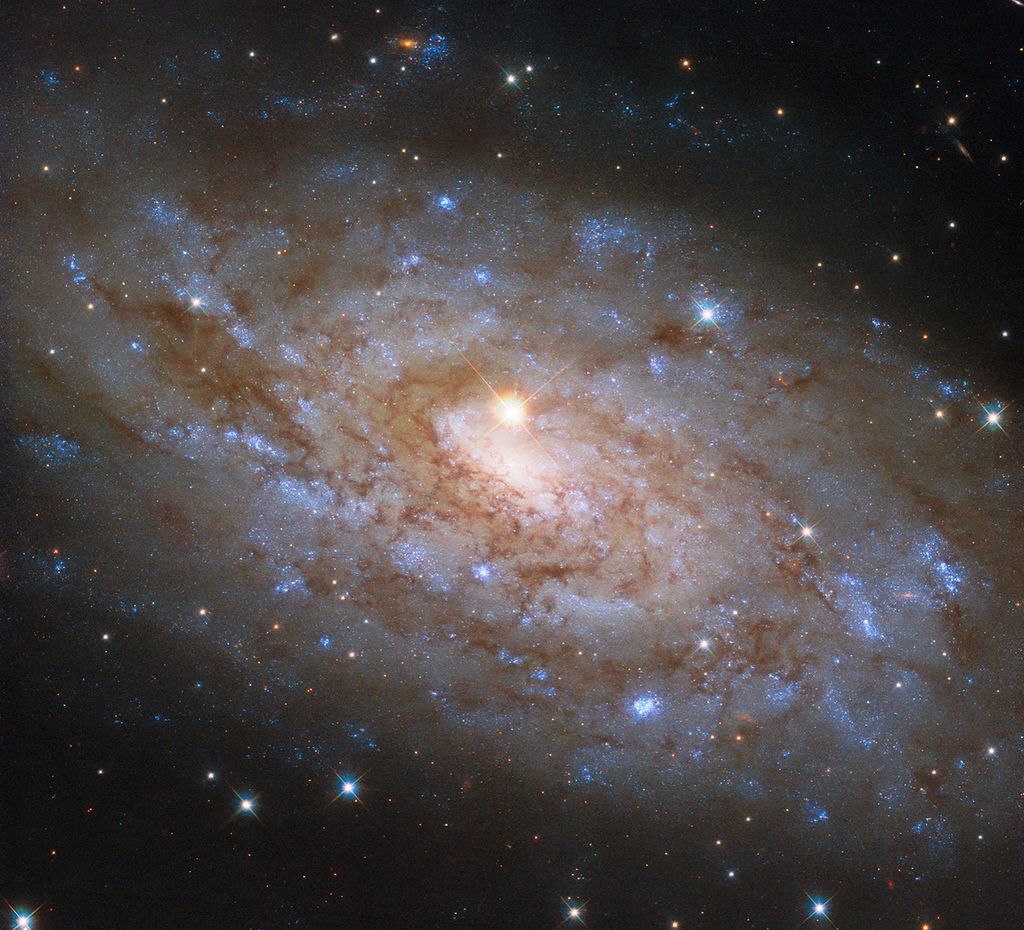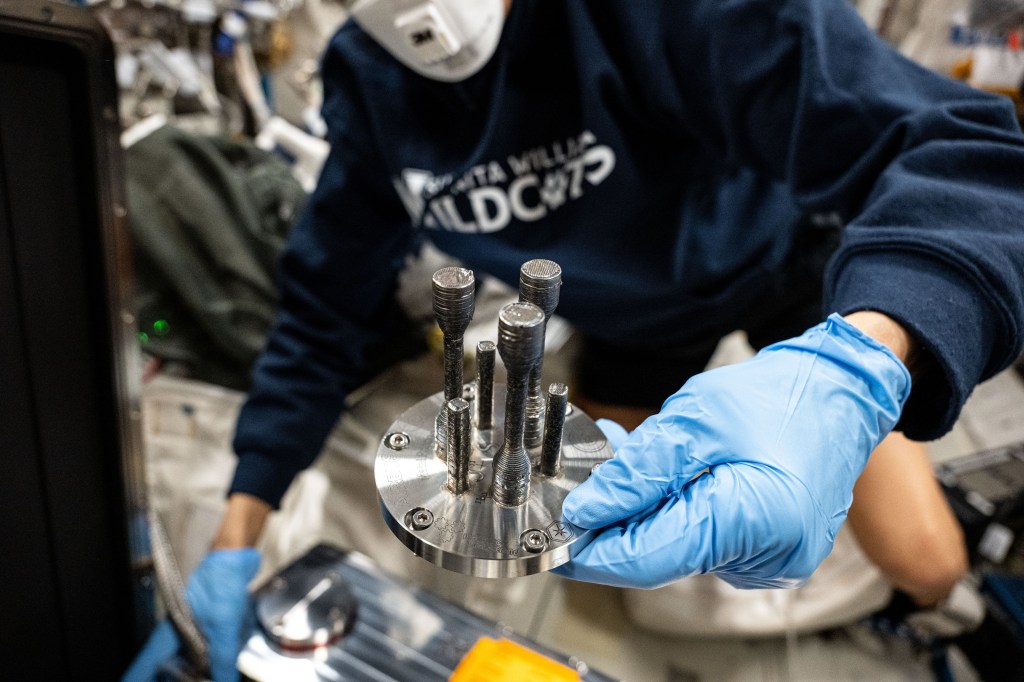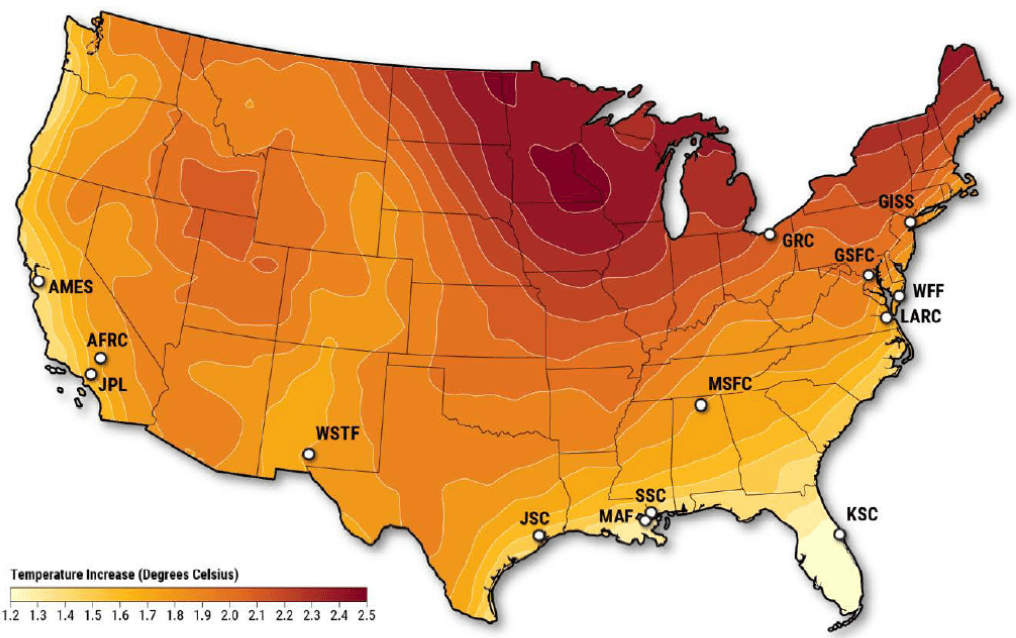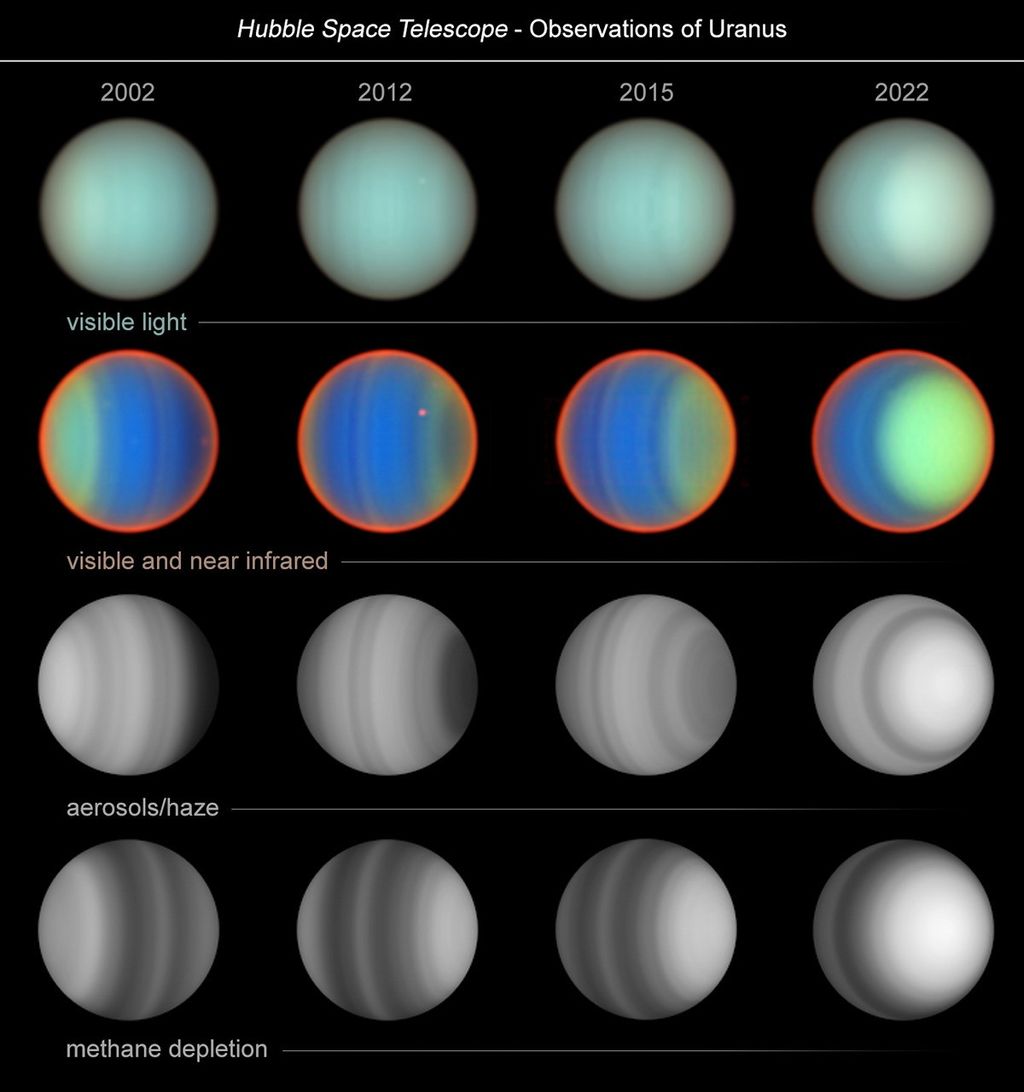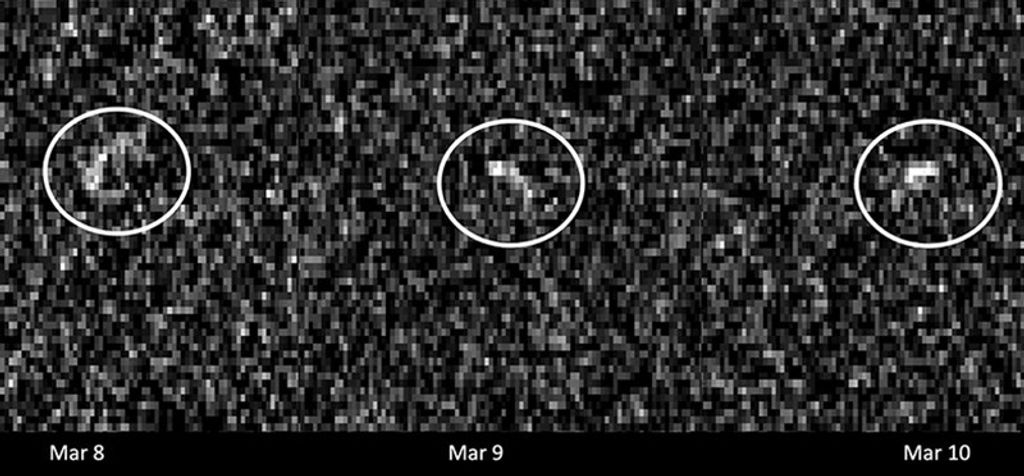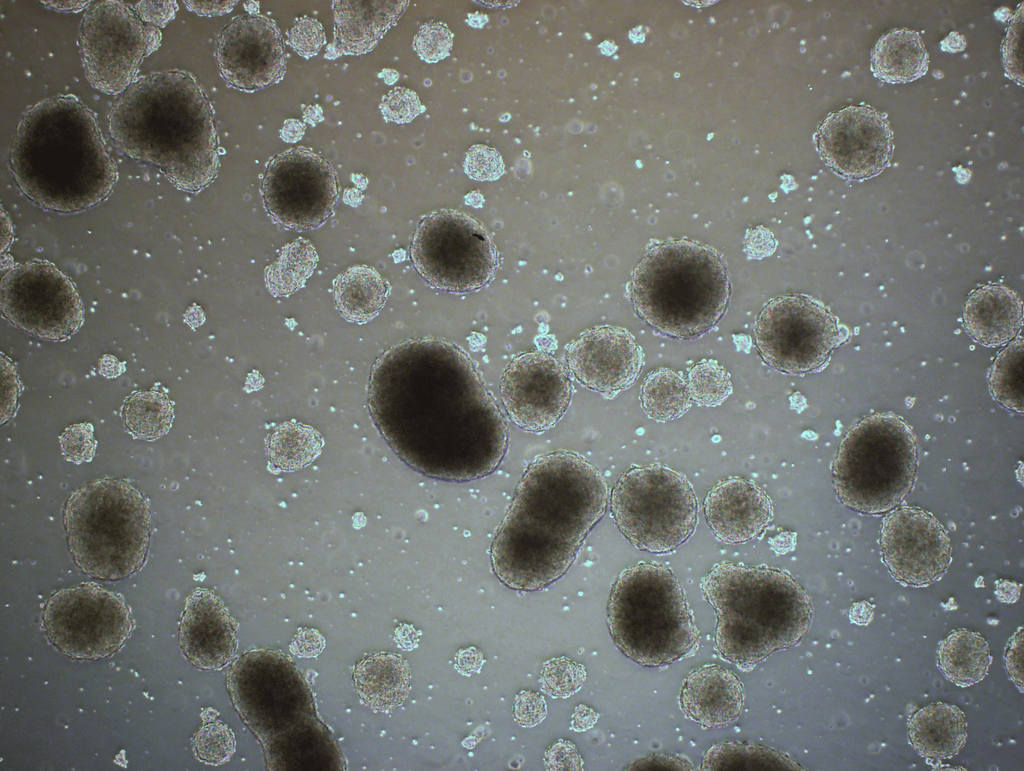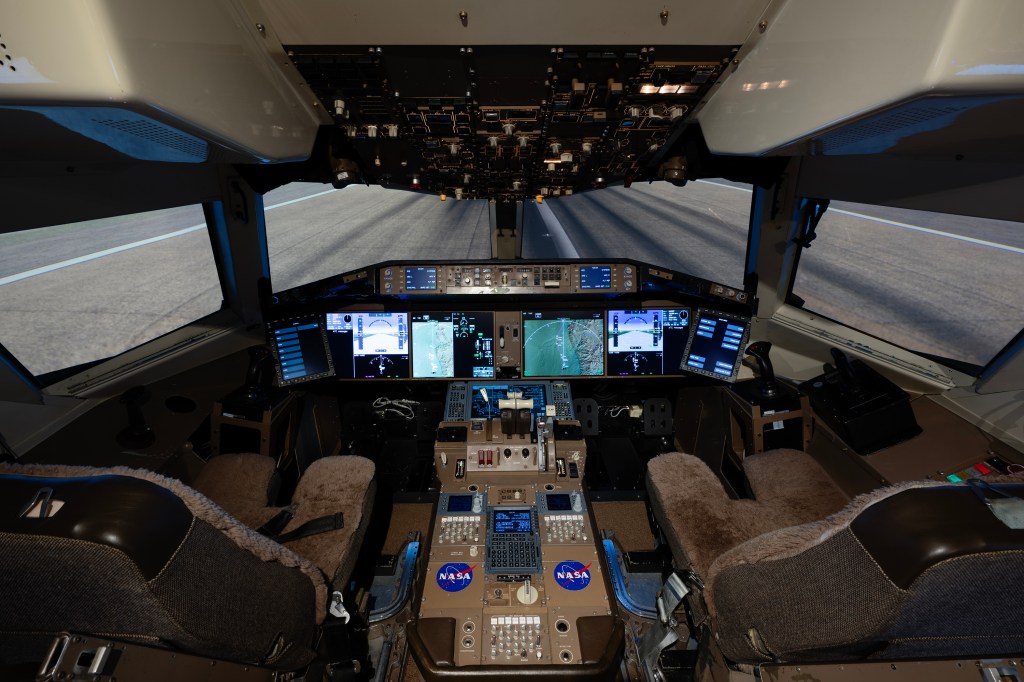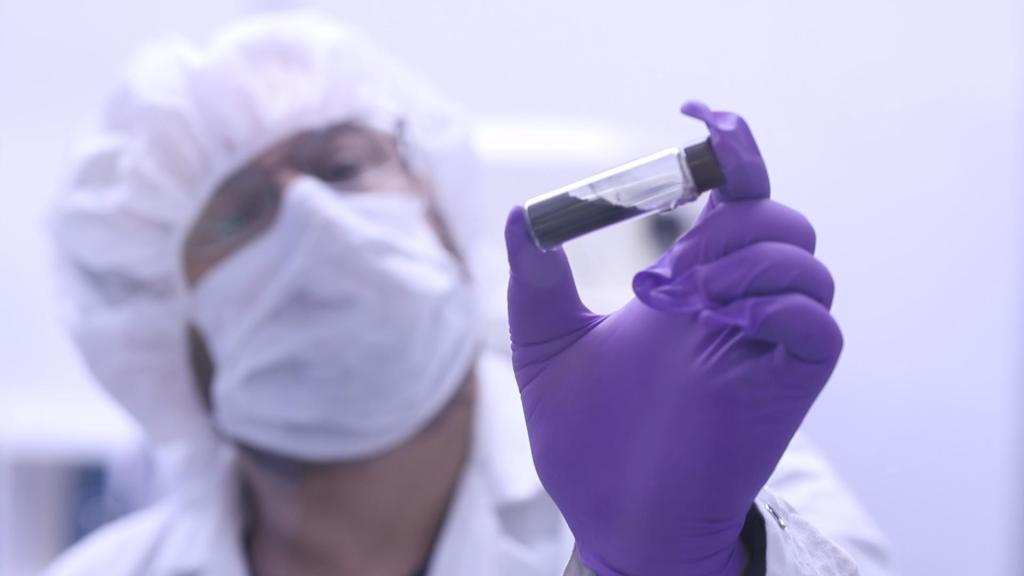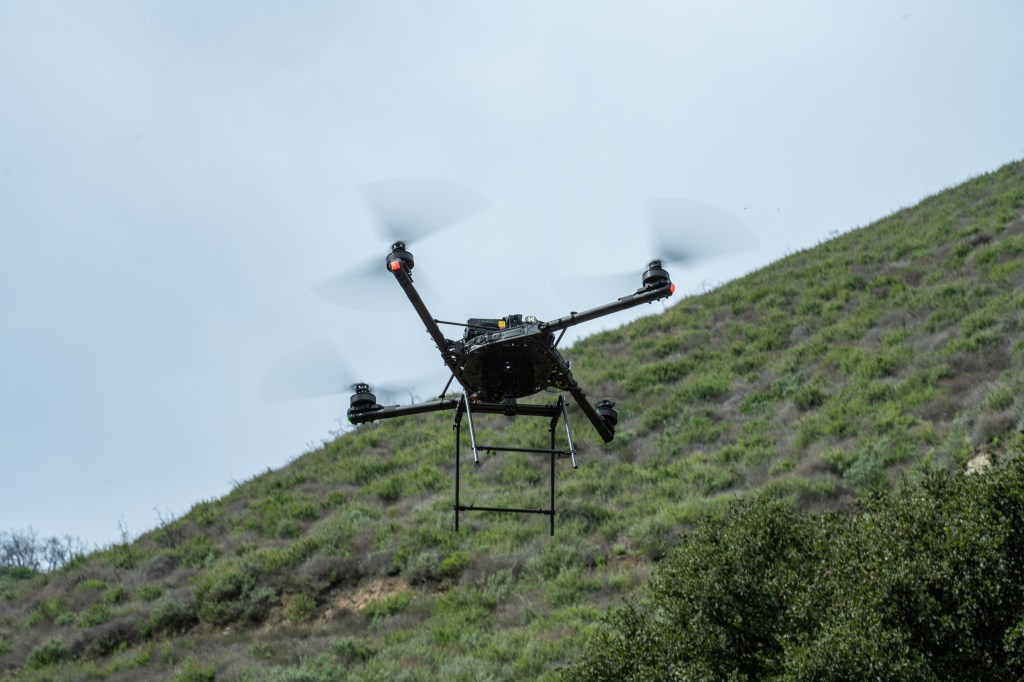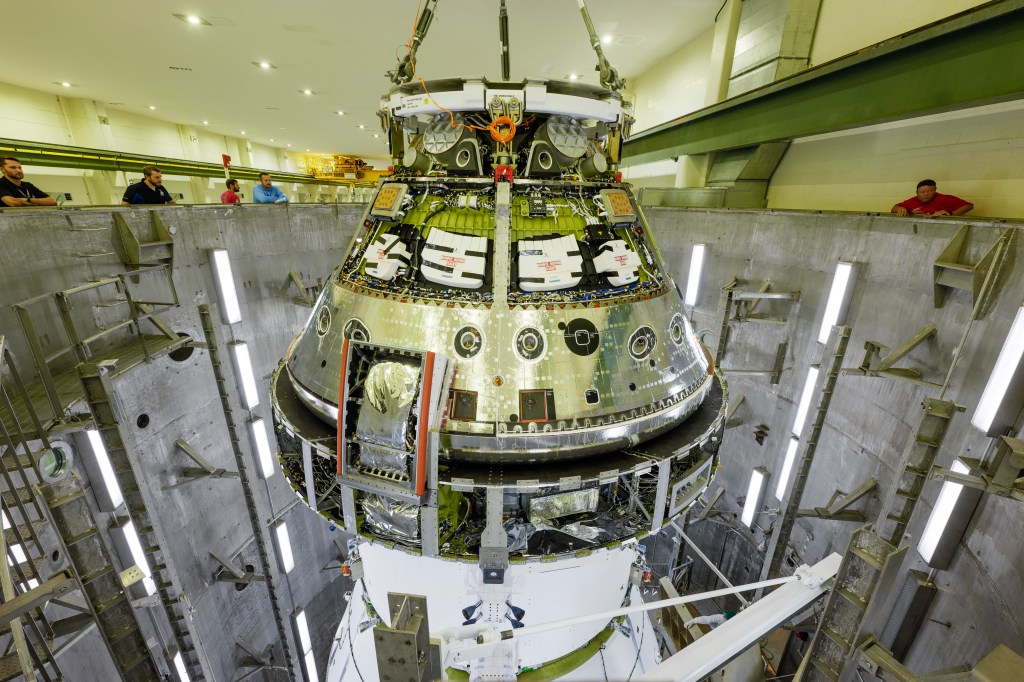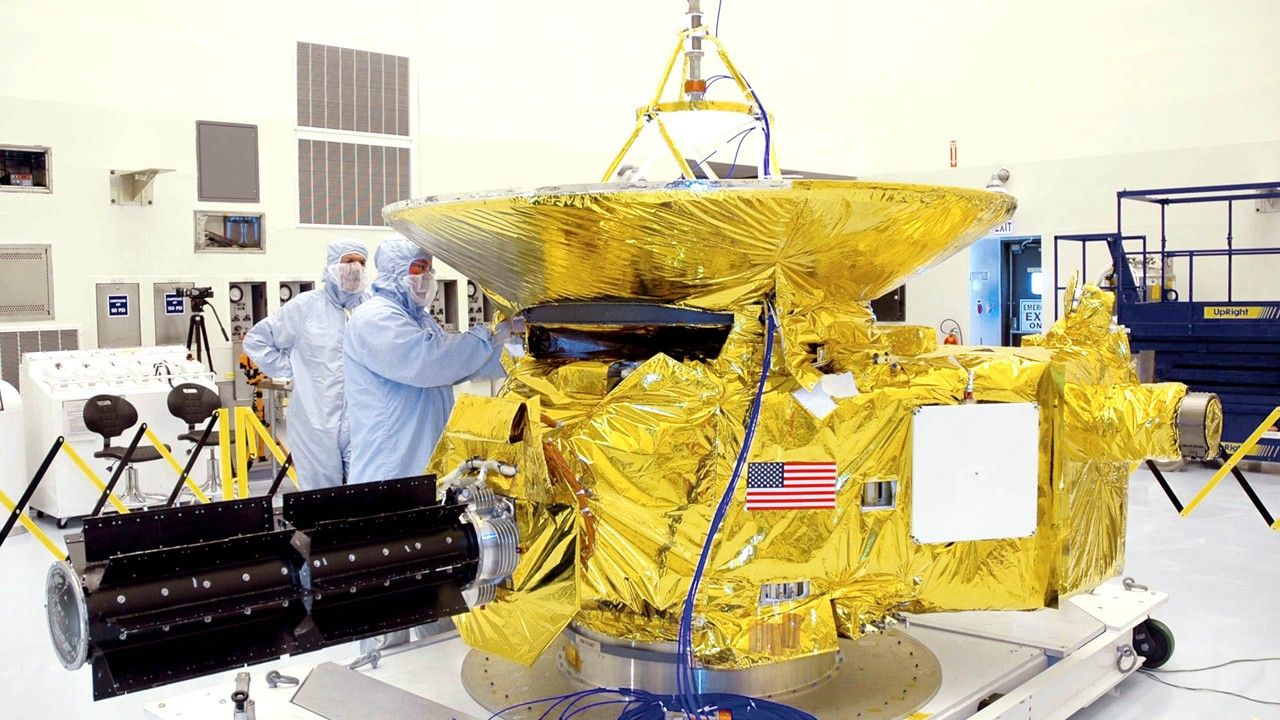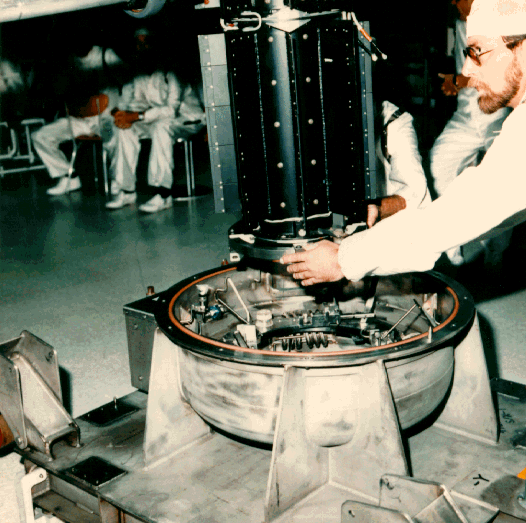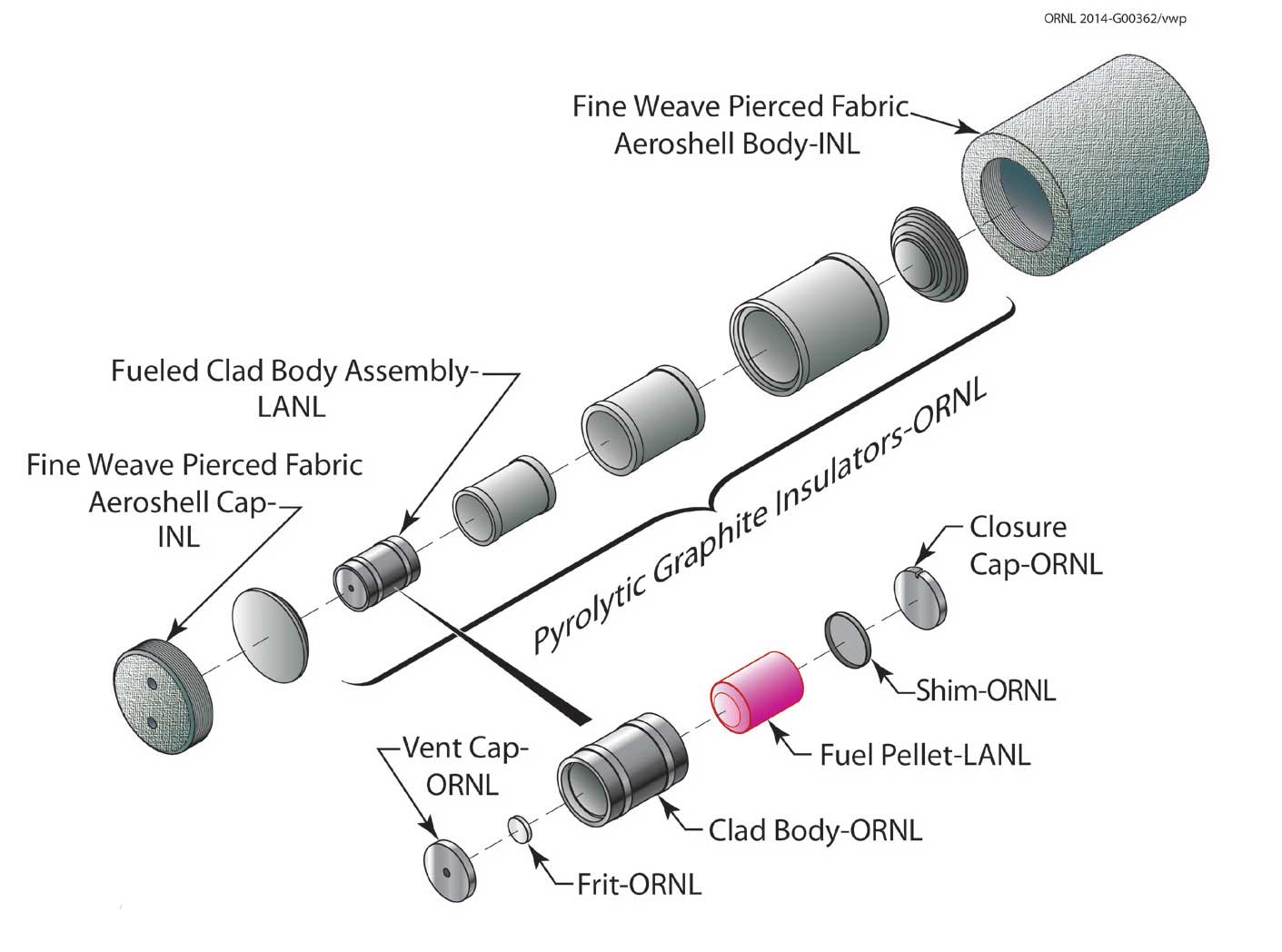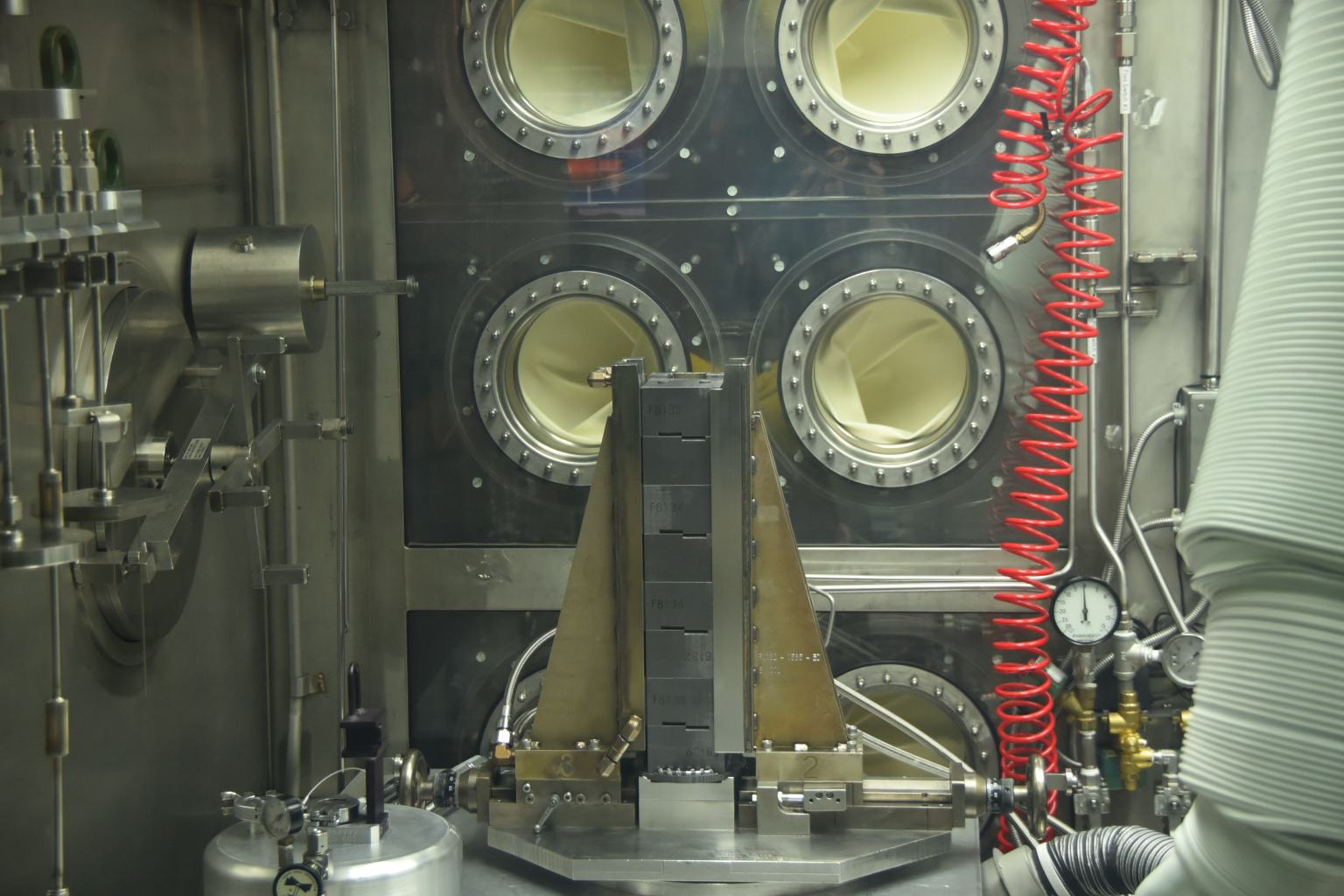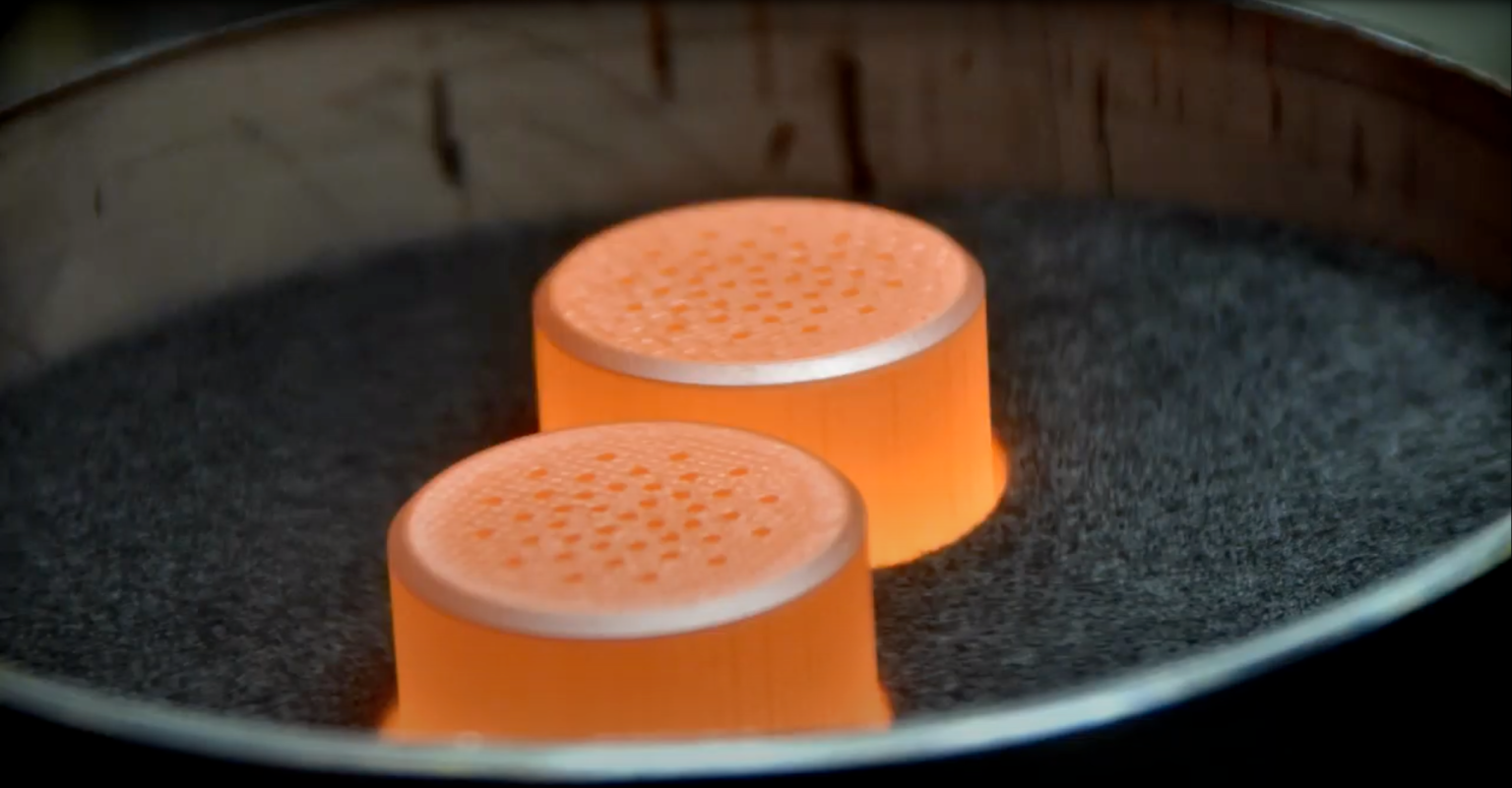RPS Technology
RPS provide electricity and heat that enable spacecraft to undertake scientific missions to difficult environments beyond the capabilities of solar power, chemical batteries, and fuel cells.
Overview
RPS — short for radioisotope power systems — are sometimes referred to as a type of "nuclear battery." RPS attach directly to a spacecraft, much like a power cord being plugged in.
RPS produce electricity and heat for decades under the harsh conditions of deep space without refueling. All RPS systems, flown on more than two dozen NASA missions since the 1960s, have functioned for longer than they were originally designed. NASA's twin Voyager spacecraft — powered by RPS — have operated for a record-setting 47+ years in space.
Two types of Radioisotope Power Systems are currently in use by NASA:
- Radiosotope Thermoelectric Generators power spacecraft such as New Horizons and Mars rovers Perseverance and Curiosity.
- Radioisotope Heater Units provide heat for spacecraft in the cold environment of space.
General Purpose Heat Source (GPHS): The Building Block
The general purpose heat source module, or GPHS, is the essential building block for the radioisotope thermoelectric generators used by NASA. These modules contain and protect the plutonium-238 (Pu-238) fuel that gives off heat for producing electricity. The fuel is fabricated into ceramic pellets of plutonium-238 oxide (238PuO2) and encapsulated in a protective casing of iridium, forming a fueled clad. Fueled clads are encased within nested layers of carbon-based material and placed within an aeroshell housing to comprise the complete GPHS.
Each GPHS is a block about four by four by two inches in size, weighing approximately 3.5 pounds (1.5 kilograms). They are nominally designed to produce thermal power at 250 watts at the beginning of a mission, and can be used individually or stacked together.
GPHS modules have been subjected to extreme safety testing conditions that significantly exceeded the intensity of a wide range of potential accidents. Such tests have included simulating multiple reentries for a single module through Earth's atmosphere, exposure to high temperature rocket propellant fires, and impacts onto solid ground.
The enhanced GPHS modules used in the latest generation of radioisotope power systems incorporate additional rugged, safety-tested features that build upon those used in earlier generations. For example, additional material (20 percent greater in thickness) has been added to the graphite aeroshell and to the two largest faces of the block-like module. These modifications provide even more protection to help to contain the fuel in a wide range of accident conditions, further reducing the potential for release of plutonium-238 that might result.
Radioisotope Thermoelectric Generator (RTG): Power to Explore
A radioisotope thermoelectric generator, or RTG, provides power for spacecraft by converting heat generated by the natural radioactive decay of its fuel source, plutonium oxide, into electricity using devices called thermocouples. RTGs have no moving parts.
The latest RPS to be qualified for flight is the Multi-Mission Radioisotope Thermoelectric Generator (MMRTG). MMRTGs power the Curiosity and Perseverance rovers on the surface of Mars. The generators provide both power and heat for the rovers. MMRTGs are designed to be used in the vacuum of space as well as within the atmosphere of a planet or a moon, such as Saturn’s moon Titan.
Radioisotope Heater Units (RHUs): A Steady Source of Heat
A radioisotope heater unit, or RHU, uses a small, pencil eraser-sized pellet of plutonium oxide to generate heat for spacecraft structures, systems, and instruments, enabling their successful operation in harsh space environments. Some missions use a few RHUs for extra heat, while others have dozens. NASA has also studied the potential for using the same small fuel pellet in a RHU to power a compact system that could provide a few dozen milliwatts of electrical power.
Additional Nuclear Technologies for Space Exploration
NASA and the U.S. Department of Energy have explored other types of nuclear power technology over the years, including space nuclear reactors and nuclear propulsion technologies. Continued research and development of these and other related technologies might one day enable space missions to deliver more payloads on cargo missions, achieve faster trip times on piloted missions, or even provide power for crew stations on the surface of the Moon or Mars.




